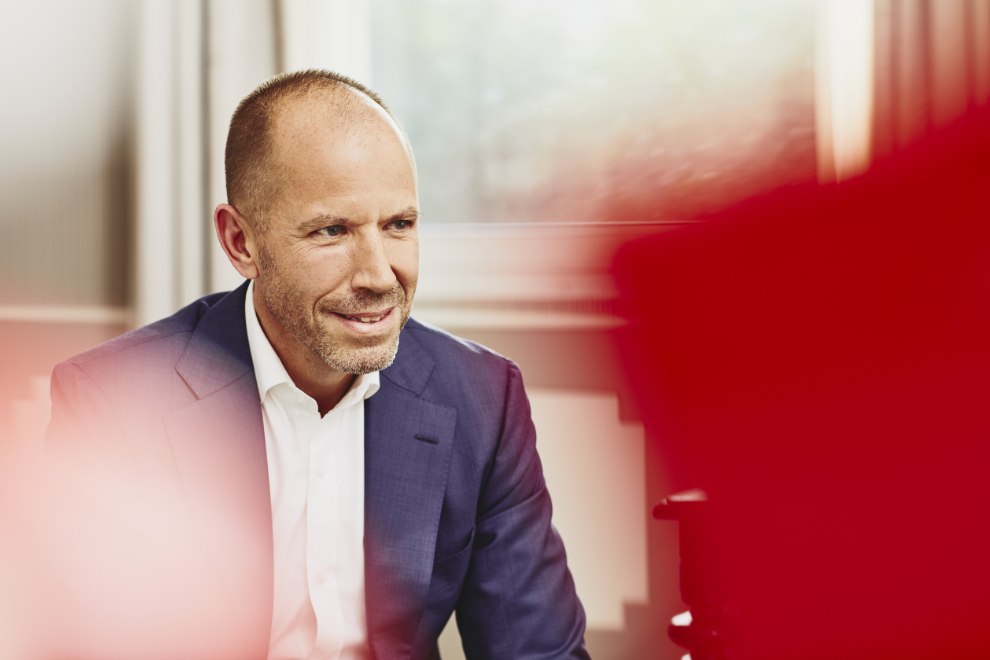Asia Dialogues
How FX Rules and Nickel Policy Are Rewiring Indonesia’s Capital Flows

Bhumidhar Das
AVP - Product & Client Solutions, Asia Dialogues Forum (ADF)
Indonesia is pressing a two-track strategy to convert its mineral wealth into financial depth - tightening foreign-exchange rules while reshaping the nickel industry that anchors its commodity exports. Nickel is the commodity of choice, as Indonesia sits on the world’s largest laterite nickel resources and is also its top producer. A “transition metal” like gold, Nickel is essential for manufacturing stainless steel today and EV batteries tomorrow (many cathodes use nickel).
The goal: keep more dollars onshore, stabilize prices, and channel investment into higher-value processing.
Dr. Helmi Hamdi, Senior Economist at the Central Bank of Bahrain and Adjunct Professor of Economics at the London School of Economics, puts it plainly: “Developing the domestic nickel processing industry will help Indonesia to be autonomous and competitive. The EU brought a dispute in the WTO as they consider the trade restriction as a form of economic protectionism and trade violation. But Indonesia has continued its path towards becoming an independent nickel and steel-producing country and is currently reshaping the history of natural resources trade rules.”
Officials and industry executives say three moves are defining 2025 so far: stricter FX-retention requirements for exporters, new levers to manage nickel supply and pricing, and sovereign-fund investments for building an integrated hub for electric-vehicle materials.
Together, they’re reshaping how money moves through Southeast Asia’s biggest economy.
Some of the recent measures include:
1. Move to retain FX: Keeping Export Dollars at Home
Since March 1, the policy requires natural-resource exporters to retain 100% of their foreigncurrency earnings in Indonesia for at least 12 months. (Oil and gas exporters remain on a 30%/three-month regime.)
The government expects the shift to increase reserves by roughly $80 billion this year. Bank Indonesia is expanding onshore instruments to absorb the flows, and tax breaks are designed to make compliance cheaper. Companies can still draw on the funds for operations, including rupiah conversion through domestic banks.
With this move, policymakers are aiming to reduce leakage to offshore centers and deepen local dollar liquidity, giving the central bank more room to steady the rupiah and develop hedging markets. For corporates, treasury functions are being nudged back onshore, thereby boosting demand for swaps, trade finance, and working-capital lines.
Early results are encouraging. As Andrew Busch, Economic Futurist and former Chief Market Intelligence Officer at the CFTC, now CEO of Bering Productions, notes, “Indonesia’s regulation regime for FX rules and nickel policy is showing early promising results with reserves rising, supporting rupiah stability during the current geopolitical uncertainty. If successful, the focus to grow domestic processing capabilities (smelters, matte, MHP, cathodes) will create a stronger domestic economy and provide higher-paying jobs.”
He also flags the potential downside: “There are several risks, including compliance enforcement, carve-outs, industry concentration around commodities, and execution capacity of the INA.”
2. Evolving Nickel policy: from volume to price discipline
Indonesia’s nickel strategy is evolving from
- Shorter quotas. The mining ministry has cut the validity of production quotas from three years back to one to tighten supply control amid oversupply and weak LME prices. But industry groups are keen that the three-year window be preserved for planning certainty.
- Royalties redesigned. Jakarta has replaced the flat 10% nickel royalties levy with a pricelinked 14%–19% system, with some increases for semi-refined products. Industry groups are pushing for phased implementation.
- Environmental enforcement. Authorities revoked permits for several Raja Ampat operators after protests and audits—signalling that license quality, not just quantity, will determine output.
Shorter quotas and higher royalties are expected to curb dumping, support fiscal revenues, and push producers up the value chain into matte, MHP/HPAL, and battery precursors. It will also bolster Indonesia's broader strategy to assert control over its natural resources and encourage domestic processing of raw materials, which in turn will help to capture more value within the country. Enforcement will also help de-risk ESG and tourism clashes that threaten the sector’s social license.
3. Mobilising Sovereign capital to back the nickel hub
Indonesia is mobilizing state capital to scale its nickel ecosystem. The government is leaning on two sovereign vehicles—the Indonesia Investment Authority (INA) and Danantara Indonesia, launched in February by President Prabowo—to finance and de-risk the build-out of a national nickel hub.
In 2025:
- Flagship project: Danantara announced plans, with China’s GEM, to co-develop a nickel processing complex focused on EV materials, part of an $8.3 billion slate and pitched as a low-emissions industrial park.
- Partnerships: Danantara and INA also unveiled a platform with France’s Eramet to accelerate downstream operations.
Sovereign balance sheets can bring together foreign partners and domestic lenders, consolidate scattered smelters into integrated parks, and hard-wire standards on technology, ESG, and offtake. This, in turn, can help convert resource rents into long-dated bankable cash flows.
How the pieces connect
FX retention → local liquidity: Stickier export dollars thicken banks’ FX funding base and broaden the central bank’s sterilization and hedging toolkit, as local lenders see deeper dollar books—and rising derivative demand—from miners, traders, and EPCs.
Royalties and quotas → earnings quality: A more predictable supply supports price discovery and steadier project cash flows, thereby improving debt capacity and refinancing terms.
Sovereign platforms → blended finance: State anchors lower project risk and help fund midstream assets (MHP/precursor/cathode) and shared infrastructure (power, ports, waste).
Implications for investors and operators
Banks and capital markets: Expect a busier local currency market, more mineral-focused trade loans, and a rise in rupiah funding as companies swap parked dollars for operating money.
Smelters and miners: Royalties, fuel, and ESG rules will push costs up. Bigger scale, clearer policies, and government-backed hubs can help protect margins. One-year quotas mean mines need tighter, shorter-cycle plans.
ESG and tourism: Permit values and insurance terms will hinge on enforcement in sensitive regions; early investment in biodiversity and water management may reduce disruption.
EV supply chain: With state capital and price discipline, Indonesia aims to move from NPI/matte to battery-grade intermediates, anchoring more value at home and smoothing export receipts.
What to watch next (6–12 months)
- BI instruments & usage: Uptake of central bank deposit and hedging facilities under the 100%/12-month rule—and how much is converted to rupiah.
- Royalty pass-through: How tiered royalties feed into mine-gate prices and smelter margins; any temporary relief if LME nickel stays weak.
- Sovereign-backed hub milestones: Milestones for sovereign-backed hubs: site selection, EPC awards, and offtake agreements.
Bottom line:
Indonesia is trying to turn commodity heft into financial depth. If execution holds, stricter FX retention, more disciplined nickel policy, and sovereign-led investment platforms could make “resources to finance” less a slogan and more a balance-of-payments upgrade in 2025.
SOURCE

AVP - Product & Client Solutions, Asia Dialogues Forum (ADF)






